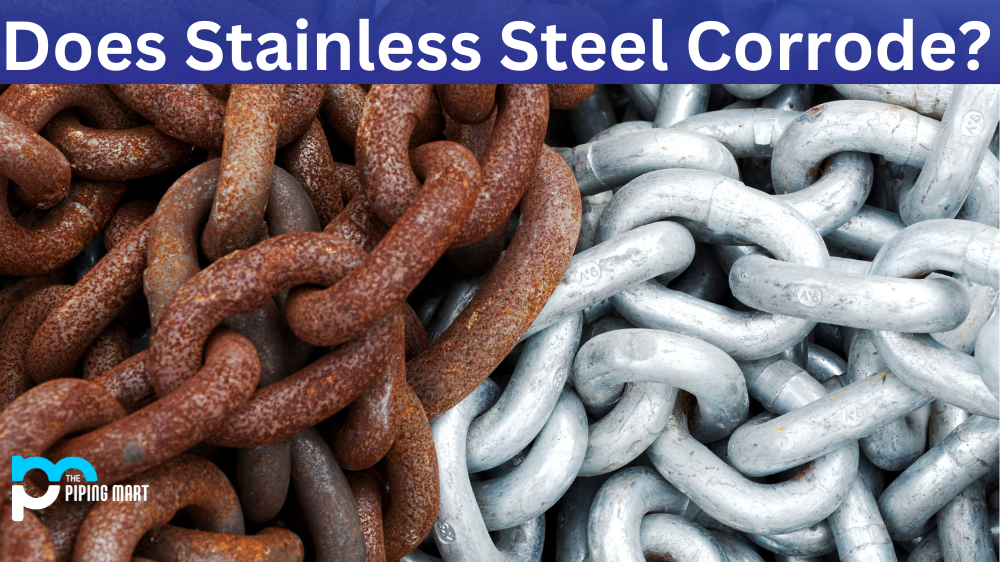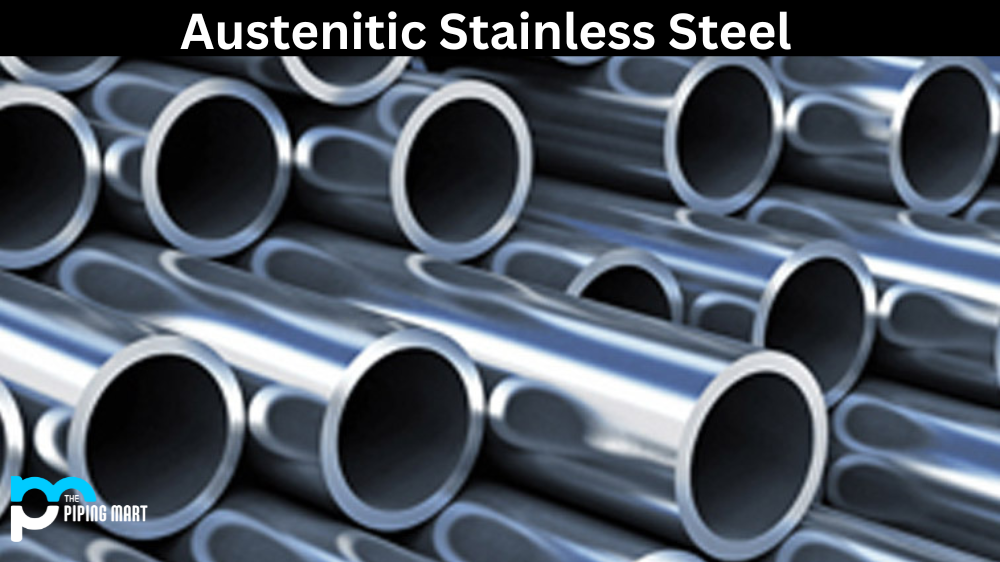When choosing the right grade of stainless steel, understanding the difference between 204 and 304 stainless steel is key. While both grades are widely used in manufacturing, some key differences can make all the difference when selecting which type of steel you should use. In this post, we’ll break down the differences between these two grades of stainless steel.
Difference Between 204 and 304 Stainless Steel
Durability
The first major difference between 204 and 304 stainless steel is that one is more durable than the other. The durability of a grade of stainless steel refers to its ability to resist corrosion or rusting when exposed to environmental elements such as moisture or acidity. While both grades offer good resistance against corrosion and rusting, 304 stainless steel provides better overall protection since it contains higher levels of chromium and nickel than 204 stainless steel. Additionally, 304 stainless steel was annealed after cold rolling, whereas 204 stainless steel was not annealed after cold rolling. This makes 304 more resistant to corrosion than 204, making it ideal for outdoor applications where exposure to environmental elements is expected.
Magnetic Properties
Another significant difference between these two grades is their magnetic properties. While both types are non-magnetic, their magnetic properties vary slightly due to their composition. Specifically, due to its higher amount of chromium and nickel content, 304 has lower magnetic permeability than 204 stainless steel. This means that items made from 304 will be less likely to attract magnets than items made from 204, meaning objects made from either type may behave differently when exposed to a magnet field, for example.
Appearance
Finally, another important difference between these two grades is their appearance, specifically how they look after being polished or finished with various treatments such as brushing or sandblasting. Items made from 304 tend to have a brighter finish than those made from 204 due primarily to its high amount of chromium content which provides a shinier surface finish than what you would get with grade 204 stainless steel, which has lower amounts of chromium content in comparison. Additionally, items made from 304 may also appear more uniform in size and shape due to its higher ductility compared with grade 204, which has lower levels of ductility overall – making it easier for manufacturers to create items with consistent shapes and sizes using grade 304 material over grade 204 material instead.
Conclusion:
Whether you choose Grade 204 or Grade 304, Stainless Steel depends on your application needs and budget considerations; knowing the differences between them can help you make an informed decision on which type will work best for your project requirements. With its higher durability, corrosion resistance, improved magnetic properties, and brighter finish, Grade 304 Stainless Steel may come at a cost premium but can also provide greater long-term value when compared with Grade 204 in certain applications where these benefits matter most. Ultimately, an assessment must be done individually, taking into account project specifics such as budget constraints and desired performance characteristics before deciding which grade should be used for your application needs accordingly!
Sakshee is a talented blogger, with a particular focus on the Business and Metal Industry. She is passionate about sharing her insights on various metal products and helping professionals to make a better decisions.




